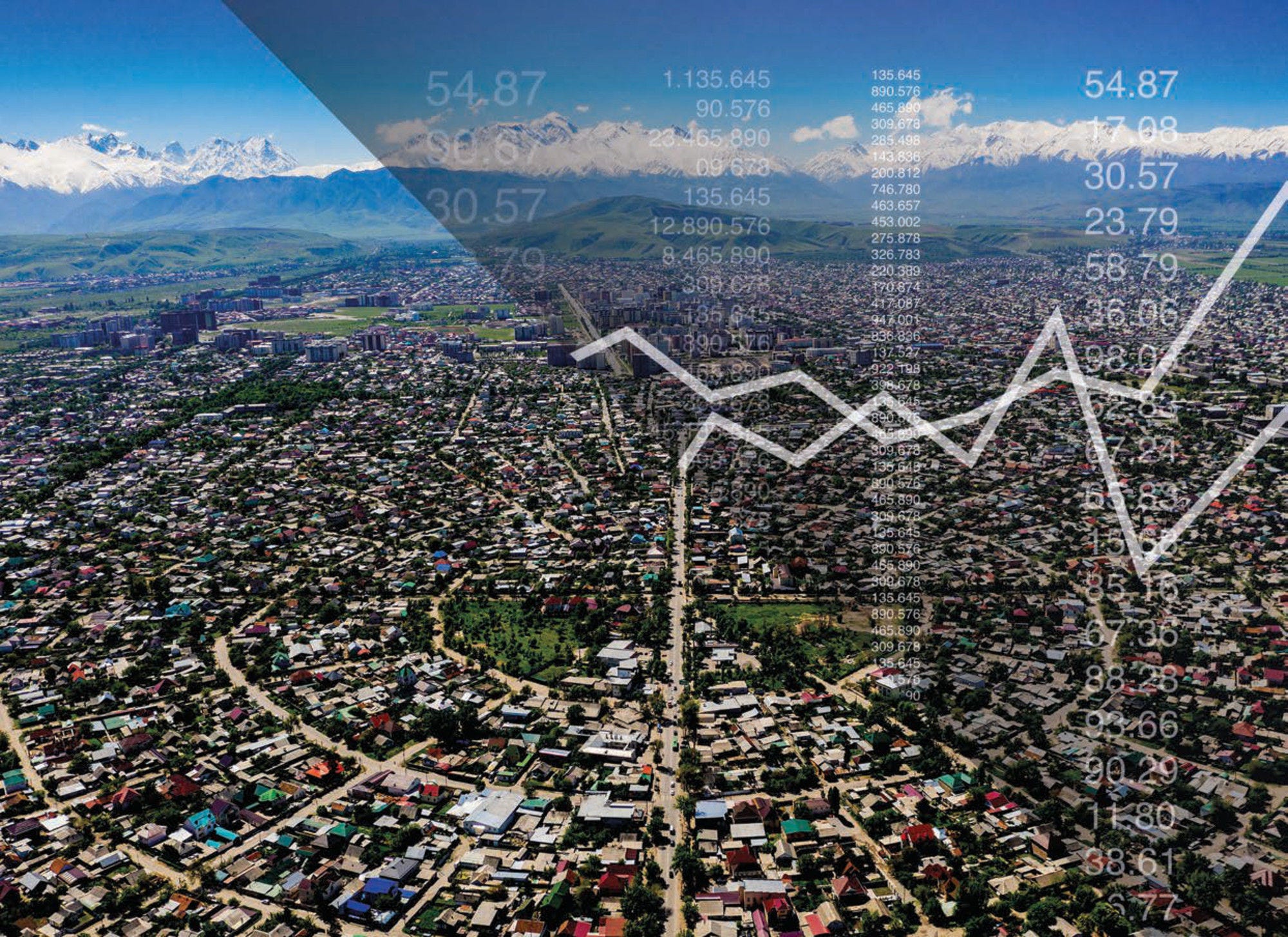The OECD household survey contributes significantly to knowledge about access to and use of financial services. It collected empirical evidence on how and whether people in Kyrgyzstan use and access formal financial services, including green finance. Evidence on the breadth of financial systems across countries has improved in recent years. Notably, the World Bank and Gallup Inc. conduct the Findex Survey in over 140 countries including Kyrgyzstan. In Kyrgyzstan, the National Bank also collects evidence on indicators such as penetration of bank branches and automated teller machines. The 2019 Life in Kyrgyzstan survey, a nationally representative longitudinal survey of households, contributes information on household behaviour, including spending and saving (Brück et al., 2014[1]).
The particular demands of the Kyrgyz population for financial products and services, however, are still little understood. Although green finance is an emerging trend, knowledge on the appetite for green financial products and services in Kyrgyzstan is almost inexistent. The OECD prepared this household survey to close this gap in evidence. A better understanding can help commercial banks, as well as policy makers and central bankers, to design more targeted interventions. These can ultimately increase access to and use of financial products and services, including green finance, for the people of the Kyrgyz Republic.
Following a request from the National Bank of the Kyrgyz Republic, the OECD prepared a household survey to identify i) needs and demand for financial instruments among existing and potential clients of Kyrgyz financial institutions; and ii) solutions to promote finance-related activities contributing to sustainable development.
The survey, which took place in August 2019, included face-to-face interviews with 1 000 households across Kyrgyzstan on their use of banking services. As the first stage of selecting respondents (sample), the survey identified primary sampling units, i.e. households. These units were stratified by population size in each region. Sample selection was based on probabilities proportional to population size in each region. All household members eligible for the survey (aged 18-64) were sorted by gender and then by age. The Kish grid method was used to randomly select the respondent in each household. The method avoids selection bias by assigning an equal probability of selection for each eligible member of the household. The survey did not consider respondents’ socio-economic backgrounds in its sampling. However, the sample is representative of the distribution of the population across the Kyrgyz regions as well as urban and rural areas. Given that household access to banking facilities varies depending on whether people live in rural or urban settings, the survey makes an important attempt to represent the geographic distribution of the population.
The interviews were in Kyrgyz, Russian or Uzbek. Annex A provides detailed descriptions on the survey method and some implementation challenges. Annex B describes specificities of the sample, e.g. household characteristics, education and occupation, in more detail. Questionnaires in English and Kyrgyz can be found in Annex C and Annex D respectively.
